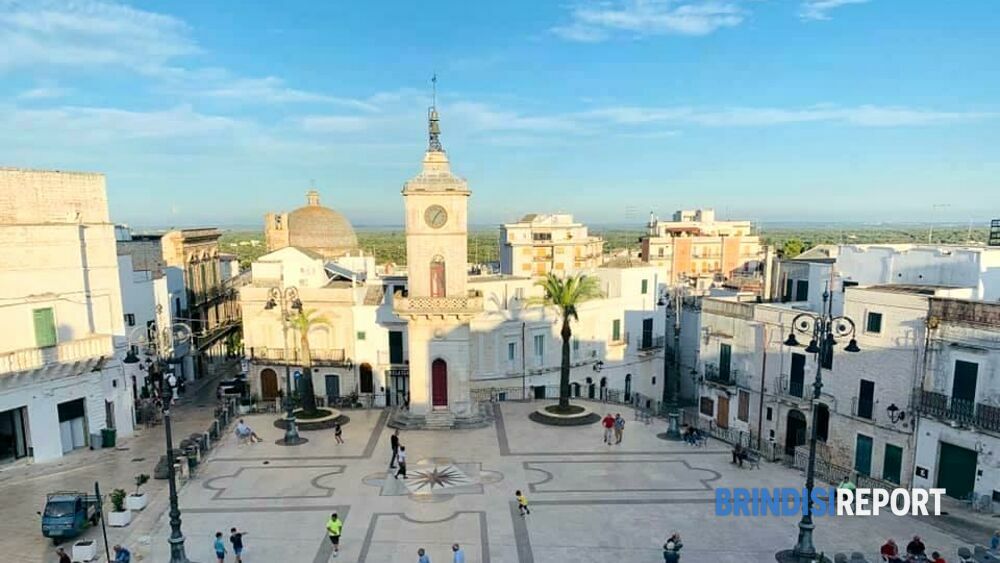
Ceglie Messapica
Ceglie Messapica, a land of transhumance and passage on the border between the Itria Valley and Salento has its gastronomic roots in ancient times
A medieval village that has such a peculiar structure that it has been subjected to landscape restrictions since 1999. The village is dominated by the Ducal Castle and the Norman Tower, around which a dense network of narrow and winding alleys unfolds, of whitewashed arches with the lime and paved stairways with the characteristic Chianche.
The exploration of Ceglie Messapica can only begin from the welcoming Piazza Vecchia, a place where, in the past, the main work activities were gathered and where people and nobles took turns to do business with each other. Going up the path from the narrow streets of the center you will first meet the splendid church of San Rocco, dating back to 1595 and then the Palazzo Ducale, home of the noble families who have ruled the village over time.
In the historic center, the architectures of the buildings reveal the elegant and noble soul of Ceglie Messapica, as well as the power and prestige of each family: from the eighteenth-century Palazzo Allegretti which, overlooking Piazza Vecchia, houses the Emilio Notte picture gallery and the municipal library, at Palazzo Epifani, close to the castle, up to the rustication of Palazzo Vitale.
While wandering among the balconies and the limestone houses we recommend reaching Piazza Plebiscito, the main meeting point for the inhabitants of Ceglie. The clock tower stands out in the middle of the square and right here we recommend that you taste a specialty, the Cegliese biscuit.
You cannot leave the village without having been on the Belvedere del Monterrone, reachable by crossing the door of the same name, and from which you can enjoy the splendid Valle d’Itria.
In the countryside surrounding Ceglie Messapica there are numerous archaeological finds, as many as 18 Specchie, the typical Messapian dry buildings of which these areas are rich, and prehistoric and Roman settlements and necropolises such as Masseria San Pietro or Campo d’Orlando. It is also possible to see the remains of the ancient Messapian walls called the Paretone.